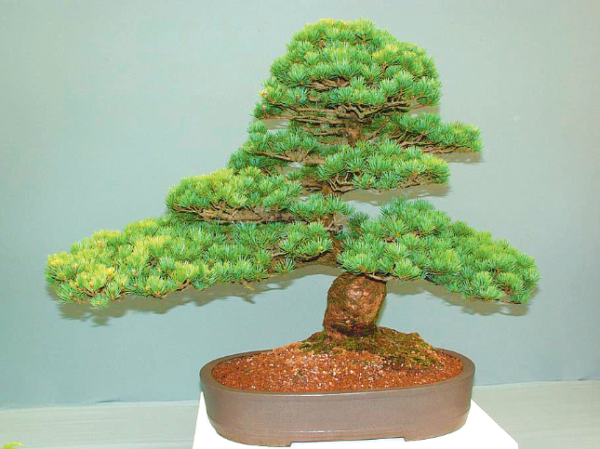
Geneva Pattison
In chillier months, the desire to leave the warm coziness of the inside becomes less inviting. For gardeners, it can be quite a slow period, where you find yourself cleaning up more leaves rather than growing new exciting plants. A way to combat this seasonal lull is by taking your garden indoors. This doesn’t have to mean that all of a sudden you find yourself tripping over containers filled with zinnias and forcing the potted magnolia to flower indoors. There’s another less stressful and cost effective option – a DIY Bonsai tree.
Bonsai trees have origins in Japan and are grown in containers, with an average height of 6-8 inches and are rarely taller than 10 inches. They are grown to mimic the natural shape and appearance of regular trees, bringing the peace and quiet contemplation of nature to the grower’s mind, as they cultivate it over time. Bonsai are grown like any other tree, from a seed or a source, cutting and growing one from seed to fruition is viewed as a form of art.
A simple and cheap way to try and grow your very own Bonsai is by using a pine cone you might have picked up on your travels. This could be a really enjoyable project for all ages, and hopefully you’ll have a beautifully interesting new houseplant at the end of the journey. To start, find a pine cone that is mostly still closed up. A pine cone that is splayed open or found already fallen on the ground means you have missed your chance and the seeds have likely fallen out.
Pick a pine cone from a tree that looks like it has yet to open and make sure it is on the larger side. The larger the cone, the better quality the seeds will be. Make sure your pine cones are free from any fungus and pests. Once you have your desired pine cones, set them aside on a mantlepiece or window sill to dry out and slightly open. You may notice that seeds begin to fall out as it dries, this is normal. If you would prefer to plant the pine seeds without using the pine cone itself in the design, now is the time to set seeds aside for that. When planting using the pine cone as a design anchor, do not submerge the entire pine cone in soil. The seeds still remaining in the cone need to make their way out of the woody structure, planting the entire cone under soil would suffocate them. Tap your cone a few times to loosen the remaining seeds from their protective structure and plant the bottom or horizontal side of the cone loosely in your prepared soil. Water sparingly over the following weeks and when watering your seeds, water around the cone, don’t water directly over the pine cone, as this may encourage it to rot or develop mould. If all things go to plan, in between 1-4 weeks you should have a newly started Bonsai tree.
If you have opted to plant the seeds separately from the cone here are some tips to aid in your success. Keep your dry harvested seeds in a cool, dry place until you are ready to plant them. When you feel ready to plant them, soak the seeds in warm water for 24 hours to help prepare them for germination. This will also help separate the viable seeds from the non viable seeds, the good seeds will sink and the poor quality seeds will float. When you’ve separated the good from the bad, place them in a wet paper towel or in some moss in a zip lock bag and place them in the fridge. Keep them in the fridge for a week or two. When this is done, take your seeds out of the fridge and sprinkle them on prepared soil, covering them lightly with a layer of soil. If you want to incorporate the pine cone ‘design aspect’ into your separately planted seeds, place any opened and healthy pine cone in your pot without disturbing your seeds. As mentioned above, water sparingly and avoid getting water on the pine cone directly, to avoid any mould or fungus.
When successful, these trees make for beautiful ornamental pieces, they’re a piece of living art you made yourself. If you plan now for next year, or have the perfect pine cone at home, this project would make for a delightful present to give to others and would be sure to fill a home with peace and tranquility during the Christmas period.



